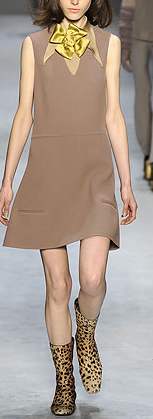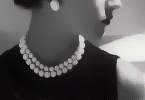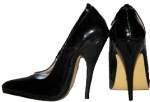| What's On This Page | ||
| A Line Dress | How to Choose | Dress Examples |

The A Line Dress
A brief history of the a line dress.
Christian Dior introduced the “A” Dress in 1955. The name A Line means copy or line for line an exact reproduction of the original.
Dior’s original A dress had a fitted bodice that followed the lines of the waist then pulled away from the hips attached was a pleated skirt creating an “A”. A simple singled breasted jacket accompanied this dress.
The A dress of 1955 is not however the A dress modern women refer to today. Today’s A dress, as we know it, is the creation of André Courrèges. He was a very influential designer of the 1960 and perhaps the most copied.
His a- line dress fitted at the bust and pulled out from the body forming an “A”. His designs were clean and simple with little or no embellishment and comfortable.
It is one of the most comfortable and the most flattering of all the dress silhouettes around. It is definitely a dress that all four-body types can wear, but it is particularly flattering for the bottom heavy or pear shaped body type because it naturally pulls away from the body.
How To Choose the Perfect Dress For Your Body Type
This dress kind of evens out the playing field, it’s really flattering on all body types.
A Dress for Bottom Heavy Body Types
Look for a dress that is made of a softer fabric that has a nice weight and hangs well. It would be ideal to find a dress that has some interesting detail on the top of the bodice, like an interesting neckline or fabric detail.
A Dress for Top Heavy Body Types
Look for an a-line dress that has a “V” neckline or scoop neck and a bit of structure to the fabric. A little more crisp fabric will give the skirt of the dress a little more flare instead of a soft drape and will help offset your top half. Also crispness to a fabric won’t hug your breast and make them look larger then they are.
| Yves Saint Laurent | Rick Owens | Loewe |
 |
 |
 |











